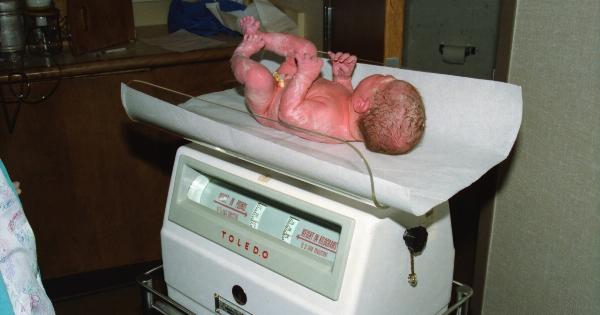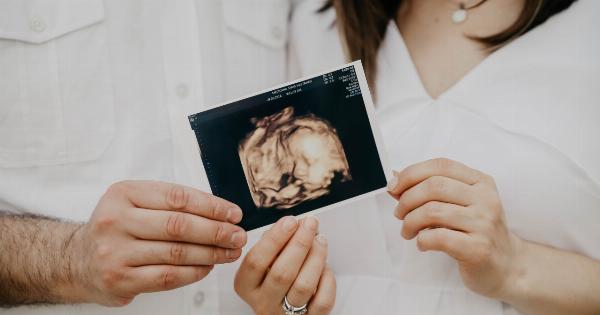Many women are eager to shed their belly fat after giving birth, as it is a common concern among new mothers. However, the process of losing this excess weight can vary from person to person.
Factors such as genetics, lifestyle, and diet can all influence the time it takes for your body to return to its pre-pregnancy shape.
Understanding the Postpartum Body
Before diving into the timeline for shedding belly fat, it’s important to understand how the postpartum body changes. During pregnancy, the abdominal muscles and skin stretch to accommodate the growing baby.
Once the baby is born, it takes time for these muscles and skin to regain their former strength and elasticity.
Additionally, hormones play a role in the process of shedding belly fat. Hormonal fluctuations, particularly elevated levels of estrogen and progesterone, can contribute to weight retention and make it harder to lose excess weight.
Timeline for Shedding Belly Fat
Immediate Postpartum Period: First 6 Weeks
During the first six weeks after giving birth, the focus should primarily be on recovery and establishing a routine. It’s important to give your body time to heal before attempting any intense exercise or restrictive dieting.
Many healthcare providers recommend starting with gentle activities like walking or postnatal yoga during this period. These low-impact exercises can help improve circulation, strengthen the core, and gradually re-engage the abdominal muscles.
6 Weeks to 3 Months Postpartum
Once you receive clearance from your healthcare provider, you can begin adding more intense exercises to your routine. Cardiovascular exercises like jogging, cycling, or swimming can help burn calories and aid in fat loss.
Incorporating strength-training exercises, such as squats, lunges, and planks, can help tone the abdominal muscles and accelerate belly fat loss.
However, it’s essential to listen to your body and not push yourself too hard, especially if you had a cesarean delivery.
3 to 6 Months Postpartum
By this point, your body should have recovered significantly from childbirth, and you may notice improvements in your abdominal area. However, every woman’s journey is unique, and it’s important not to compare yourself to others.
Continue with a balanced diet and regular exercise routine. Aim for a mix of cardiovascular activities, strength training, and core exercises targeting the abdominal muscles. Remember that consistency is key, and progress may take time.
6 Months and Beyond
By the time you reach the six-month mark postpartum, your body will have undergone significant changes. However, it’s common for some women to still have stubborn belly fat that seems hard to shed.
Incorporating high-intensity interval training (HIIT) workouts into your routine can help maximize fat burning and boost your metabolism. HIIT workouts involve short bursts of intense exercise followed by periods of rest or lower intensity.
This type of exercise can be particularly effective for shedding belly fat.
Remember that every woman’s postpartum journey is different, and gradual progress is key. Embrace the changes your body has gone through and be patient with yourself.
Factors that Can Influence Belly Fat Loss
Diet
Eating a nutritious and balanced diet plays a crucial role in shedding belly fat. Opt for whole foods, such as lean proteins, fruits, vegetables, whole grains, and healthy fats. Avoid processed foods, sugary beverages, and excessive snacking.
Breastfeeding
For women who are breastfeeding, the process can help burn additional calories and facilitate weight loss. However, it’s important to keep in mind that breastfeeding may increase appetite, making it essential to maintain a healthy diet.
Sleep and Stress
Getting enough sleep and managing stress levels are important factors in weight loss. Lack of sleep can disrupt hormonal balance and increase cravings for unhealthy foods. Stress can also lead to emotional eating and hinder progress.
Prioritize self-care and seek support from loved ones.
Genetics
It’s important to acknowledge that genetics also play a role in how your body responds to postpartum weight loss. Some women may naturally carry more weight in the abdominal area, making it more challenging to shed belly fat.
In Conclusion
Shedding belly fat after giving birth is a process that varies for each individual. Consistency, a balanced diet, regular exercise, and patience are key.
It’s essential to listen to your body, consult with healthcare providers, and embrace the changes that come with motherhood.
Remember, maintaining a positive mindset and focusing on your overall well-being is just as important as shedding belly fat. Celebrate the journey of motherhood and prioritize self-care throughout the process.





























